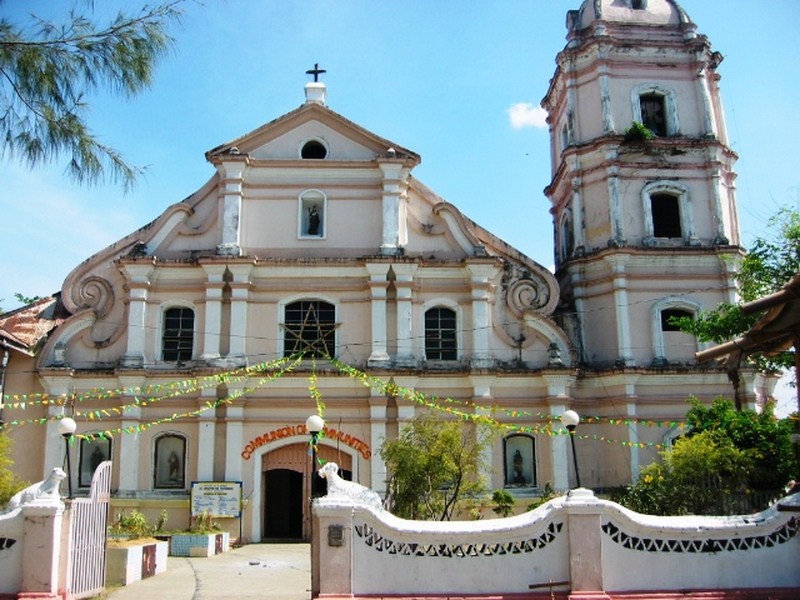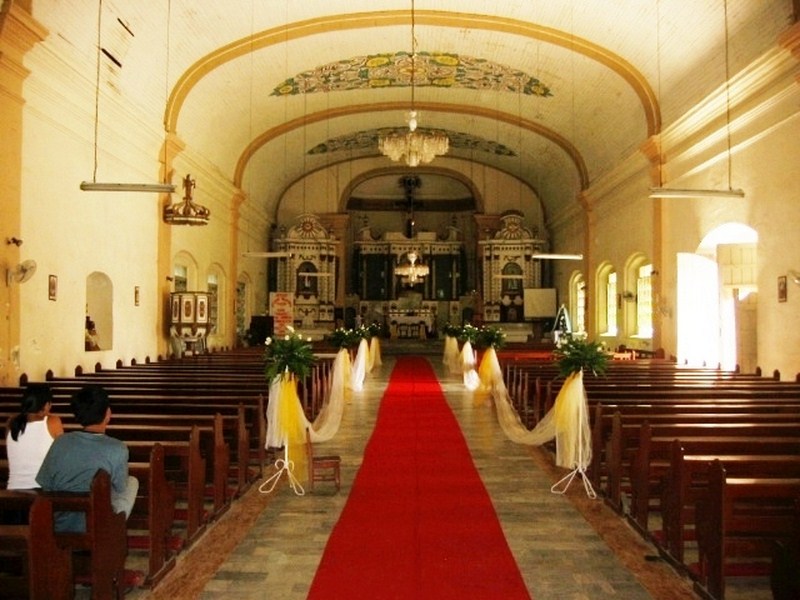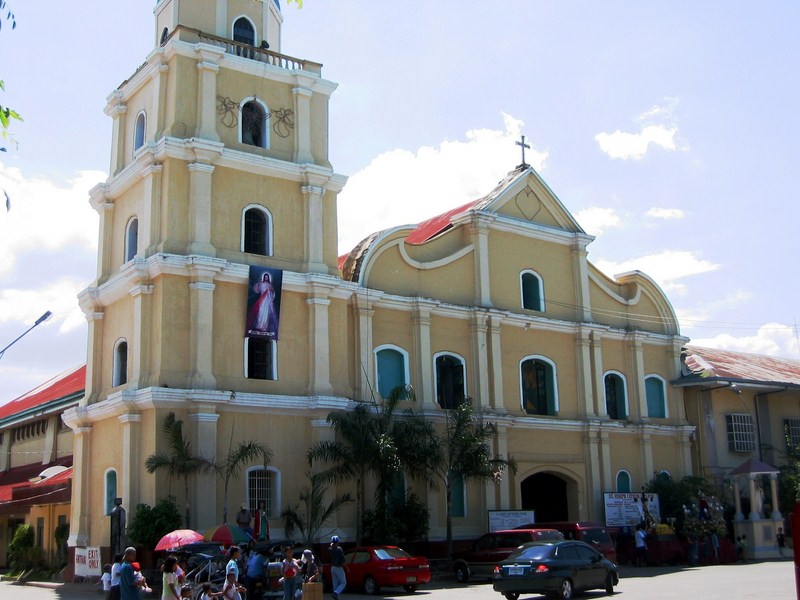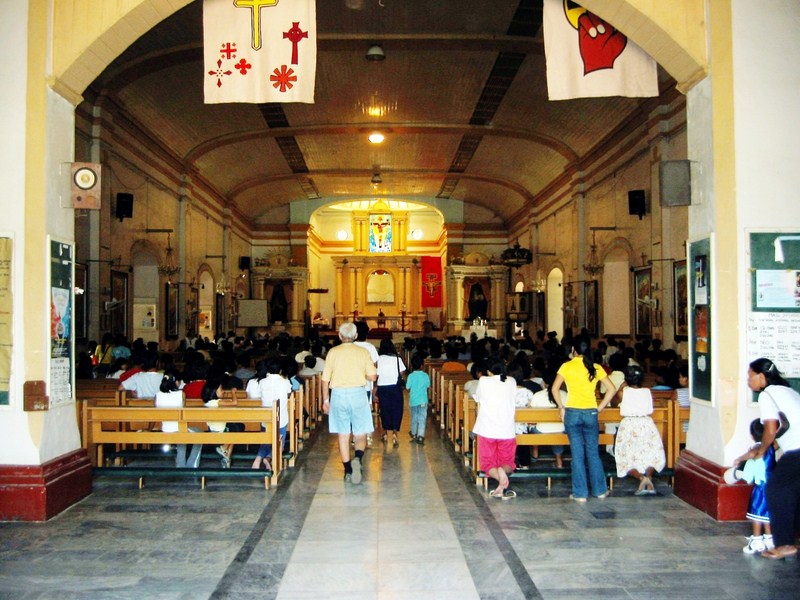 |
| Pandan Island’s sparklingly white sand beach |
Day Two was to be a long haul drive from Mamburao to San Jose, a distance of little over 160 kms.. What would normally be a 2.5-hr. drive in excellent road conditions, took us double that. We made a stopover at surprisingly progressive Sablayan (coined from the Visayan word meaning “where the waves meet’) town, the gateway to the remote and undeveloped Apo Reef Natural Park (a 2.5-hr. boat ride), the largest atoll-like reef in the country, the second largest in the world and one of the world’s best dive spots. The park has a sunken lagoon system noted for its spectacular wall diving.
 |
| Foot bridge at Sablayan |
Once at the town proper, we decided to take a welcome breather and check out the Pandan Island Resort. Located at the 38-sq. km. North Pandan Island (also called Pandan Grande Island), it is highly touted by noted German travel writer Jens Peters as one of his favorite islands. We parked our vehicle along a road beside the Bagong Sabang River, and hired a banca (PhP300 roundtrip) to bring us to the island.
Once out into Pandan Bay and past South Pandan Island (also called Pandan Piqueño), the island’s palm-fringed, sparklingly white sand beach soon hove into view. The boat trip took just 15 mins. and soon we were walking barefoot on its Boracay-like sand. The resort, established sometime in 1993, is managed by French adventurer Dominique Carlut and his Ilongga wife Marina. The island is much like Boracay during its early years when it was without electricity. It has 16 cottages (5 budget, 10 standard and 1 family), all with their own toilet and bath. There are no televisions.
 |
| One of the resort’s cottages |
The cottages, as well as the restaurant, are all built using native nipa, bamboo and sawali, simple yet comfortable and truly in harmony with the island’s natural features. But unlike Boracay during the early years, the resort doesn’t rely on eco-unfriendly electric generators using, instead, cleaner solar energy (12 volts) to supply the lighting needs of its cottages. To charge lights, cameras, laptops etc., 220 volts (as well as an internet connection) is only available at its well-equipped dive shop (Mariposa Divers Pandan, established in 1992).
 |
| The resort clubhouse |
For lunch, we feasted, buffet-style, on Filipino and French cuisine with its variety of fresh fish, poultry or meat with vegetables, fruits and coffee. The bar has a selection of fine, white and red French wines which you can sip while watching the sun sink into the South China Sea. In 1994, the island was declared as a marine park and thanks to this strict no fishing and “hands off” policy, the variety and density of the marine life has grown by leaps and bounds. The dive sites around the island range from shallow, tropical fish-rich coral gardens, easily reached from the beach, to deep drop-offs on the island’s north, ideal for experienced divers, and reached by dive boats in about 15 mins.. Dive safaris are available to Apo Reef Natural Park (a 1.5 to 2-hr. boat ride),and the World War II Japanese wrecks at Busuanga (Palawan).
 |
| Caminawit Port |
After snorkeling its coral and tropical fish-rich waters, we left the island and returned to the reality of another bumpy, 80-km. drive to equally progressive San Jose, another starting point for diving excursions to Apo Reef. Offshore are Ambulong Island, Ilin Island and White Island. The town has an airport and a port (Caminawit Port). Upon arrival, we checked in at airconditioned rooms with bath at the Mindoro Plaza Hotel, again the town’s best. No videoke this time as we had a big next day ahead of us.
















